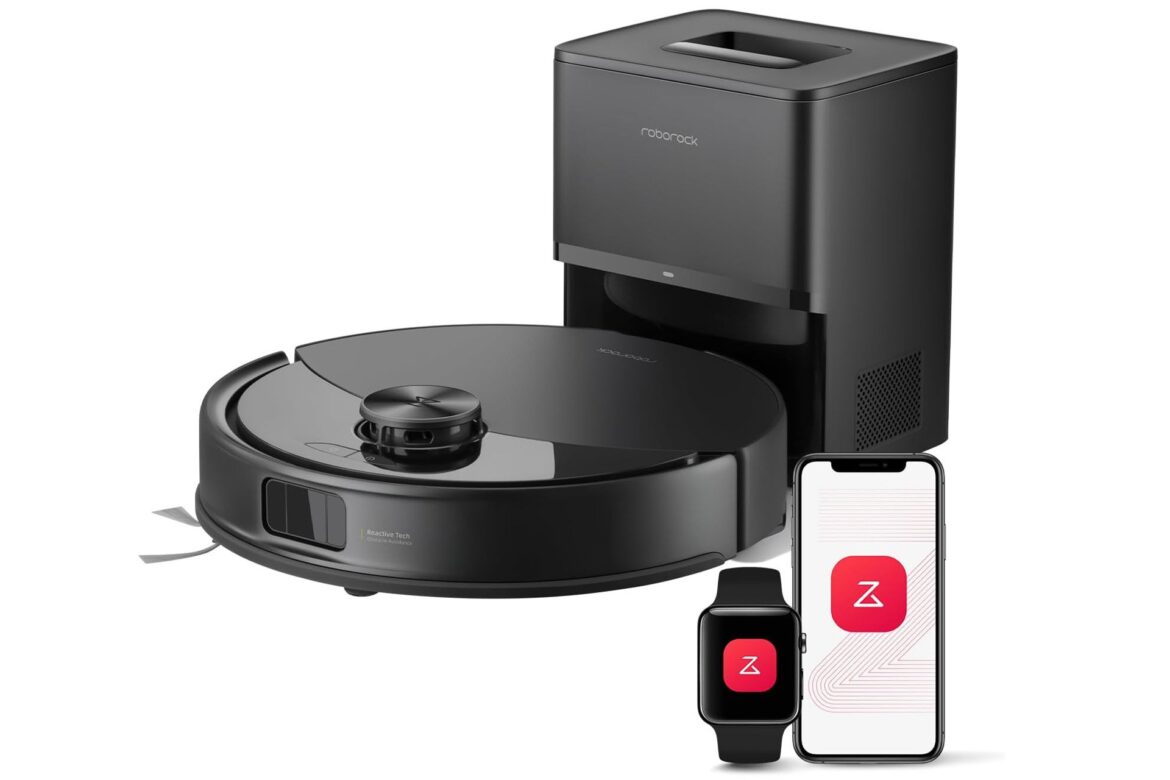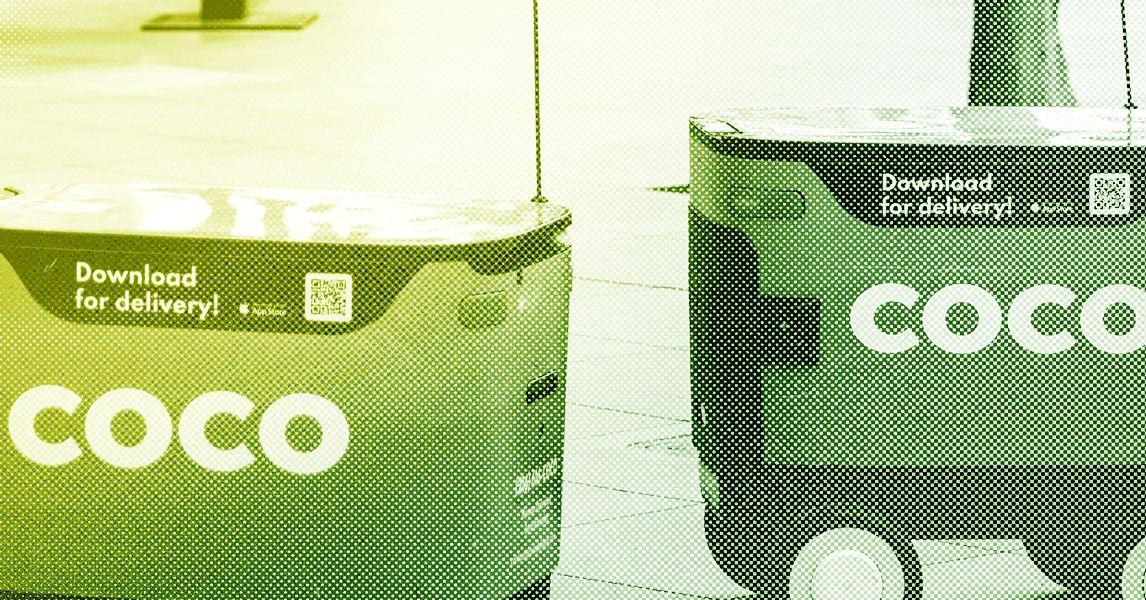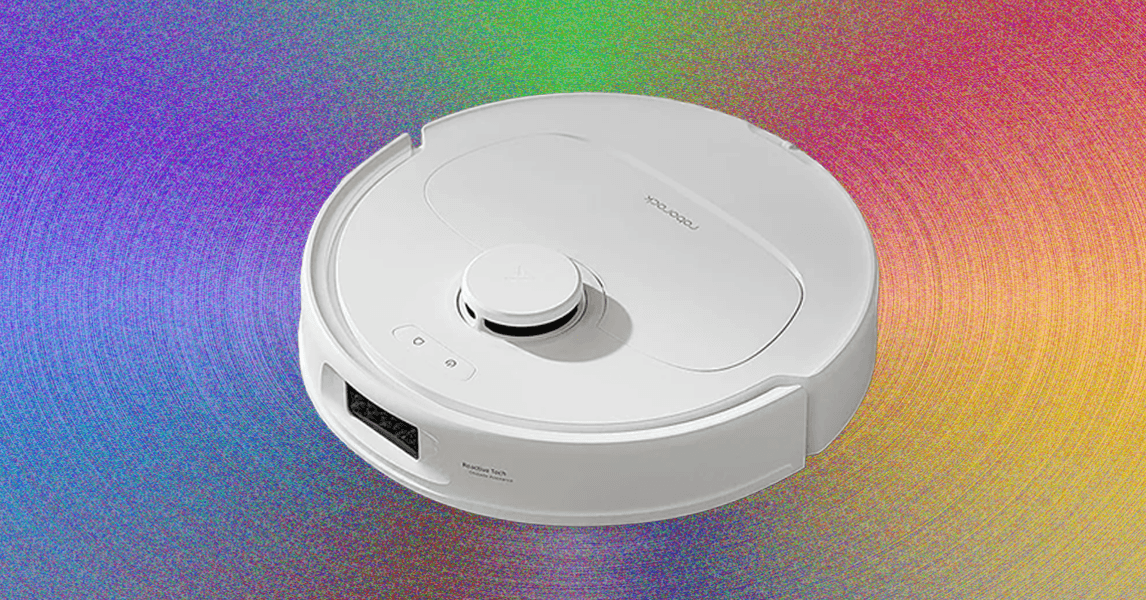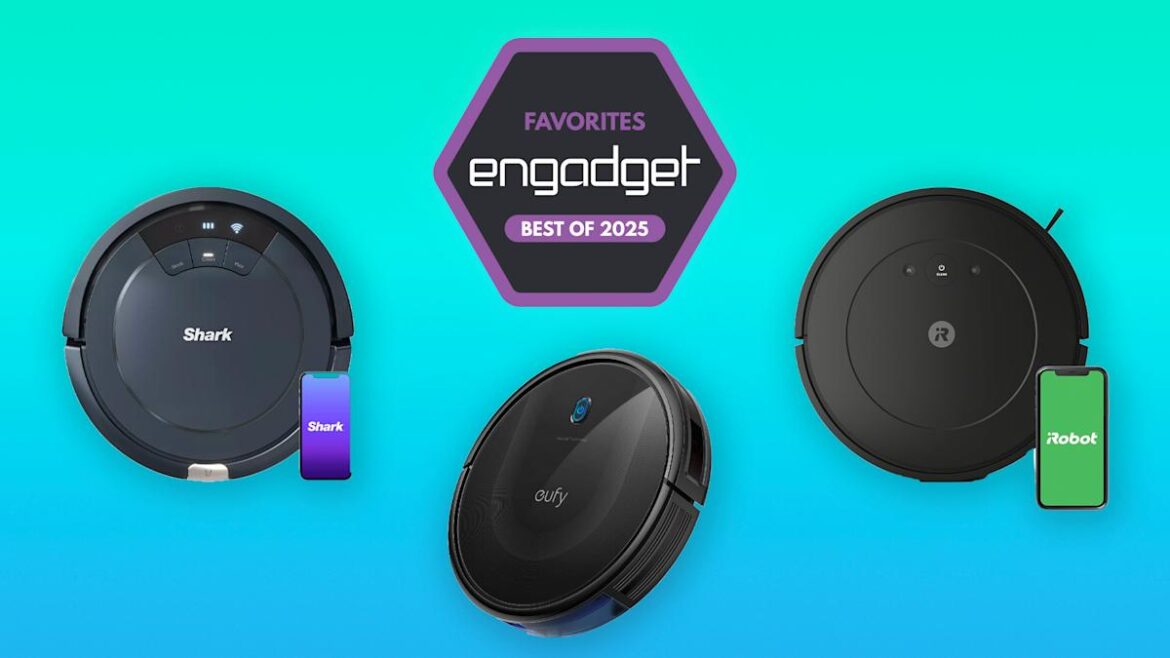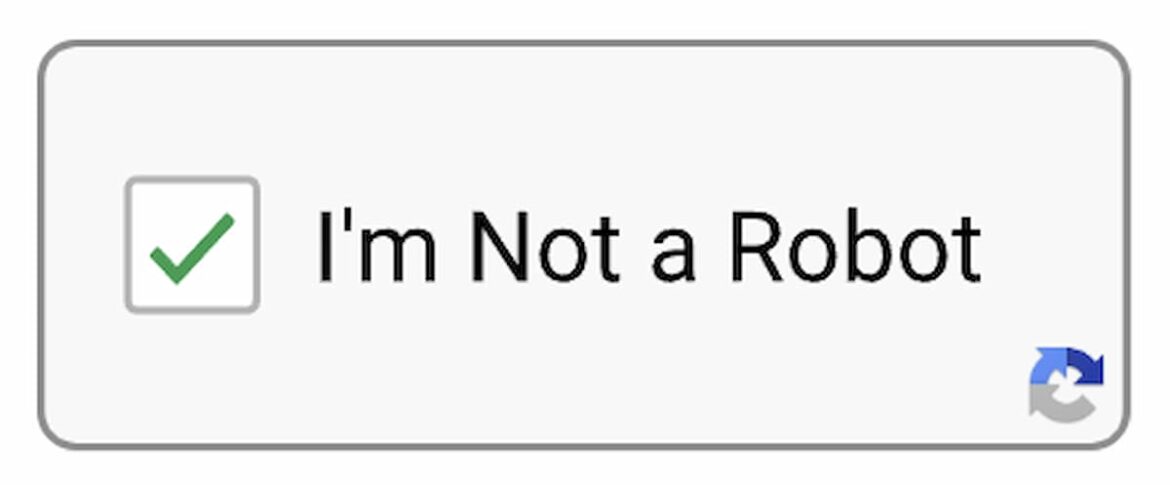Cleaning your floors shouldn’t feel like a never-ending chore, especially when pet hair seems to multiply overnight and daily messes keep piling up. The good news? The Roborock Q10 S5+ just became Amazon’s #1 bestseller in robot vacuums during Prime Big Deal Days, and that’s impressive enough to catch your attention.
This newly released powerhouse combines serious suction, advanced mopping and a self-emptying station into one complete package, and right now it’s dropped to an all-time low of $299 on Amazon, down from its usual $399 price tag. When a robot vacuum climbs to the top of the sales charts with those kinds of numbers, you know something special is happening.
See at Amazon
The Q10 S5+ addresses the fundamental frustration of robotic cleaning: constant maintenance. Its self-emptying station holds a massive 2.7-liter dust bag that handles up to 70 days of debris before you need to think about it. For households with shedding pets or high foot traffic, this means you can essentially forget about your vacuum for more than two months while it quietly does its job. The station automatically pulls dirt and hair from the robot after each cleaning session so you’re not emptying tiny dustbins every other day like with basic models.
Powerful Performance That Handles Real-World Messes
The suction power here is worth a mention because numbers count when you’re working with ground-in dirt. At 10,000 Pa, the HyperForce suction power creates enough pressure for it to remove embedded pet hair from carpet fibers, lift crumbs out of hardwood crevices and deal with the type of debris that lesser robots just bulldoze around. That’s about double what you’ll get on starter versions.
But a vacuum on its own won’t cure the tangling problem plaguing the majority of robot vacs, especially homes with long hair or fluffy pets. Roborock created a dual anti-tangle solution comprising a JawScrapers Comb main brush with a special side brush designed specifically to fight hair wrap. The structure of the comb separates and directs hair dynamically into the suction stream instead of wrapping it round the roller, so you’ll have a lot less time spent cutting out bunched-up grime from the brush bar.
The VibraRise 2.0 cleaning system provides a dual-zone sonic vibration technology that cleans floors 3,000 times a minute. This isn’t the languid wet pad sliding you witness on less advanced models. The active scrubbing action indeed addresses dried-on spills and tacky areas, and the system automatically lifts the mop pad 0-8mm when it recognizes carpet using ultrasonic sensors. That same recognition initiates automatic suction boost on the carpets for further cleaning while safeguarding them against moisture damage.
The navigation tech distinguishes advanced robots from simple bump-and-go ones, and the Roborock Q10 S5+ makes full home 360-degree mapping a breeze with its PreciSense LiDAR scanning tech. The tech provides precise floor plans and multi-level mapping, so a two-storey home, for instance, will have both floor plans remembered by the robot, which then changes cleaning strategy to suite both areas. ReactiveTech obstacle avoidance with structured light detection detects chair legs, toys, and cables, amongst others and cleverly navigates a path around them without getting stuck or requiring rescue.
Make sure you don’t miss that deal before it runs out of stock (which is a matter of time).
See at Amazon

